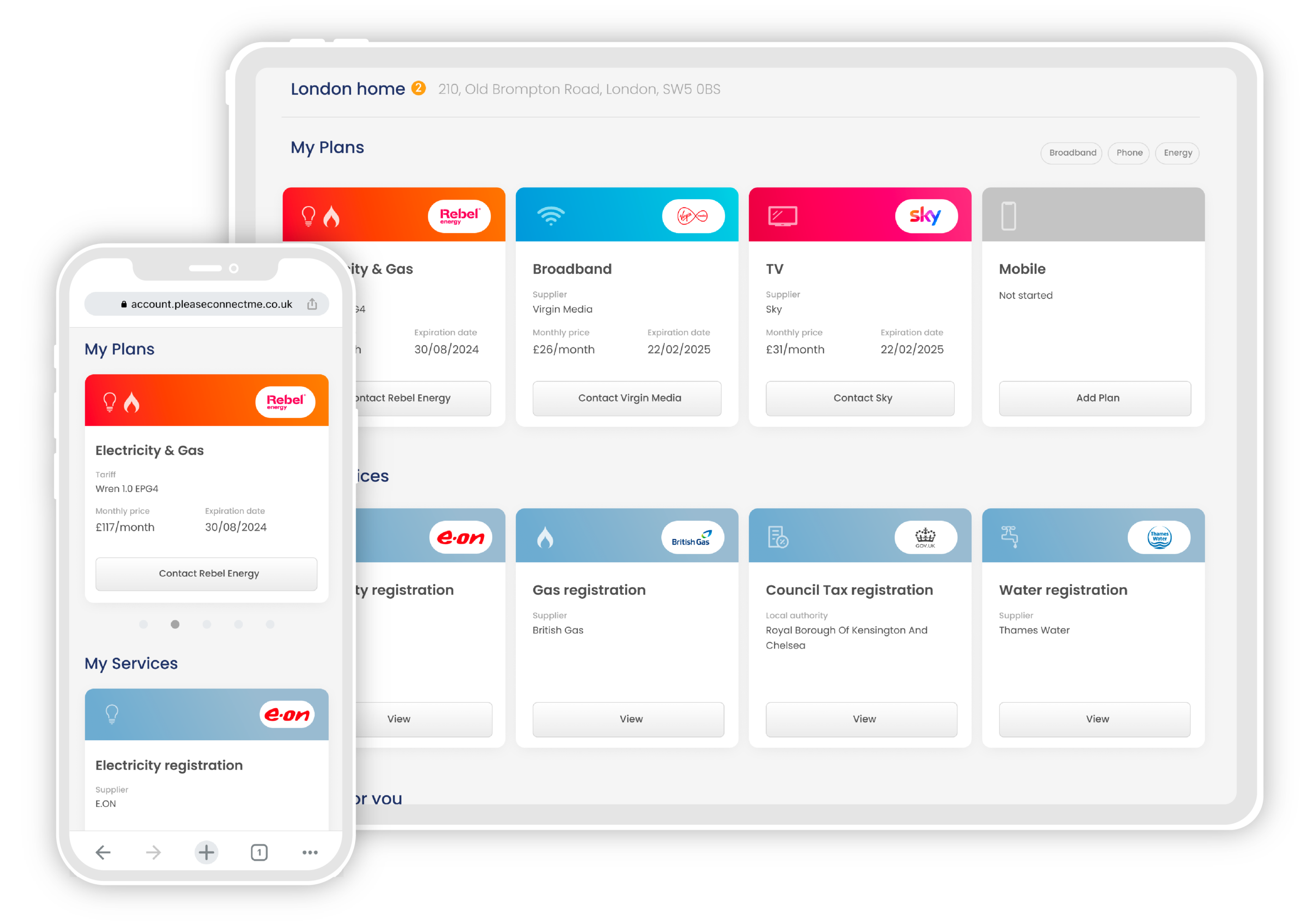Help to Buy – the UK government’s flagship scheme supporting first-time home buyers – paid its final equity loans in March of 2023. The end of Help to Buy dealt another blow to those hoping to join the property ladder, with limited housing stock and record-low levels of mortgage lending already making the market increasingly hostile.
Fortunately, there are many alternatives to Help to Buy available in 2023. Depending on your circumstances, you may be able to apply for a 100% mortgage, pay a deposit of just 1% or even receive a 50% discount on your home.
What was Help to Buy?
‘Help to Buy’ was a program offering low-interest equity loans to home buyers between 2013 and 2023. Home buyers that were able to raise 5% of the value of a new home as a deposit could apply for a loan for 25% of the property’s value, or up 40% for homes in London. The loan was interest-free for the first five years, with the interest rate gradually increasing after year six.
There were multiple criteria placed on eligibility for Help to Buy. For example, the loans could only be used to purchase new build properties that would be used as the purchaser’s sole residence. In 2021, Help to Buy was updated to allow only first-time buyers to apply. Despite these restrictions, over 350,000 people were able to use the loans to buy a home.
Why was Help to Buy ended?
Help to Buy came under criticism from multiple avenues from its inception. One common detraction was the requirement for the loans to be used only for new-build properties. This was seen by critics as more of a boon to property developers than home buyers, with new build properties commanding a premium but failing to hold that value.
Many home buyers who used Help to Buy have been hit by a combination of an end to their interest-free period, a hike in their mortgage rate and a drop in property value that leaves them trapped paying for entry-level properties they can no longer afford. Rather than providing a stepping stone onto the property ladder, the scheme has inflated property prices out of reach for even more first-time buyers.
Alternatives to Help to Buy
There are still multiple options available to UK home buyers looking to make homeownership more affordable. Some, such as Shared Ownership, First Homes and mortgage guarantees, are backed by the government, while others are offered by private firms.
Shared Ownership
The Shared Ownership scheme is one of the most popular replacements to Help to Buy financing. In fact, Upstix founder Giles Mackay called it ‘Help to Buy without the wrinkles’.
A Shared Ownership plan allows prospective home buyers to purchase a share of their home while still paying rent to a landlord on the other portion. Typically, buyers will own 25%-75% of the property. The scheme can be used to buy new-build properties, or existing properties being resold under shared ownership.
You can apply for shared ownership if your household income is below £80,000 p/a (£90,000 p/a in London), or if you cannot afford the deposit and mortgage payment for a house that ‘meets your needs’. You can read more about the eligibility criteria here.
Shared Ownership is “Help to Buy without the wrinkles”.
First Homes
For first-time buyers, the government’s First Homes scheme may be the best alternative to Help To Buy. Certain new build properties are designated as First Homes and are discounted by 30-50% of their market value. Qualifying first-time buyers can purchase their home with this discount, which can either be a new build or another First Home property bought from the previous owners.
As well as being a first-time buyer, households must have an income below £80,000 p/a (£90,000 p/a in London), and arrange a mortgage for at least 50% of the property value. Local authorities also have the right to apply additional criteria to the scheme, reserving a portion of properties for those on lower incomes or essential workers, for example.
While a substantial discount on the cost of a new home is certainly appealing, it’s important to keep in mind that the property will retain it’s First Home status. When selling the home on in future, owners will be required to offer a similar discount to the new buyers, making the gap to the next rung of the property ladder that much wider.
The Mortgage Guarantee Scheme
The Mortgage Guarantee Scheme, which was originally intended to end in 2022, has been extended until the end of 2023. Like Help to Buy, this program allows home buyers to secure a mortgage with a deposit of just 5%, in this case by guaranteeing the mortgage payments to lenders.
While this offers security to financial institutions and increases the availability of mortgages, it does little to help the affordability of the mortgages themselves. Despite this, more than 24,000 applicants had joined the scheme as of November this year, receiving mortgages for up to 95% of their property value.
These are just three of the programs the UK government is currently operating in order to make homeownership more affordable. You can read more about other options including Rent to Buy and Help to Build, here.
Alternative Mortgage products
Private lenders and property developers are also beginning to trial a variety of new mortgage products and opportunities for savings. We wrote in February about property developer Fairview’s 1% deposit ‘Save to Buy’ mortgage, which they will be offering until the end of the year.
95% mortgages, in which the buyer only has to put forward a 5% deposit, are increasingly available, in part because of the Mortgage Guarantee Scheme. Skipton Building Society have even launched a 100% mortgage, the first on offer since 2008, to entice renters. Rather than requiring a deposit, the ‘Track Record’ mortgage requires evidence of 12 months of rental payments – and that the monthly payments on your mortgage will be less than their current rent.
There is a multitude of voices offering help to home buyers in the UK, but not without strings attached. With the cost of living and house prices still high, the wide availability of mortgages and loans does little to help those unable to afford a new property to begin with. Whether these new programs are effective at inviting new buyers into the property market long-term remains to be seen, but we’ll be keenly watching for new products aimed at those all-important first-time buyers.
Read more about property in the UK:













